The battle for the picture-perfect lawn is constant, especially as the weather gets warmer in the spring. Crabgrass, a common nuisance annual grassy weed, is known to take root during this time. This sneaky invasive weed blends in with healthy grass as it spreads across your lawn in patches and clumps, outcompeting healthy turfgrass for nutrients and minerals due to its shallow roots and aggressive growth rate. Learning about this pesky weed is the best way to combat it.
Identifying The Common Types Of Crabgrass
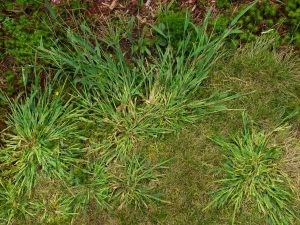
Crabgrass is one of the most familiar weeds, largely due to its resilience. This hardy weed can sprout and thrive in neglected garden beds and even in sidewalk cracks. There are at least 35 types of crabgrass in the world. Smooth crabgrass and large crabgrass are the most common types of crabgrass found in North America.
Smooth Crabgrass
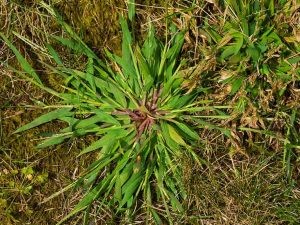
Smooth crabgrass is a low-growing summer annual with shallow roots and short leaves. It spreads from its seeds and nodes, aggressively creeping its way across your lawn. Young crabgrass leaves blend almost perfectly with healthy turfgrass, slowly growing into clumps as it matures.
Its leaves are rolled in the bud, and it has no auricles. It has compressed sheaths with a characteristic tinge of the color purple.
Large Crabgrass
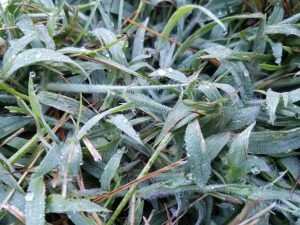
Like smooth crabgrass, large crabgrass is a low-growing summer annual, spreading across an area through seeds and nodes. When not mowed, the leaves can grow up to 2 feet long. Its flowers are arranged in arrays of 2 to 15 spike-like clusters. Alternate leaves on large crabgrass can measure 2 to 10 inches long and grow about ⅔ of an inch wide.
Seedling leaves are light green and covered in tiny hairs. The hairs cover the leaf and leaf sheath as it grows. Large crabgrass thrives in clay and sandy soil, but is also found in lawns, roadsides, cracks in the sidewalk, and even waste areas.
Southern Crabgrass
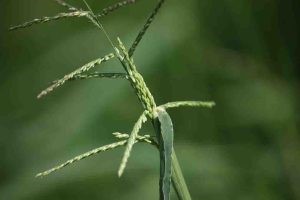
This annual grassy weed is most commonly found on coastal plains and in the southern United States. Its growth pattern resembles smooth and large crabgrass, except for its prominent midvein. While its leaf blades rarely have hair, the leaf sheath has the same type of long hairs found on the leaf sheath of large crabgrass.
Southern crabgrass can grow up to 3 feet tall and have long, flat, thin blades. It is often planted on purpose as it’s used for livestock grazing.
Tropical Crabgrass

Another summer annual grassy weed, tropical crabgrass, is primarily found in the warmer southern states. Sometimes called Asian crabgrass, this problematic lawn weed produces seeds from mid-summer until the first frost. The seeds lay dormant in the winter and germinate mid-spring, growing from summer to winter.
Though the leaves can grow to the same length as southern crabgrass and large crabgrass, tropical crabgrass’s seed head branches all join at that same point on the stem.
Life Cycle Of Crabgrass
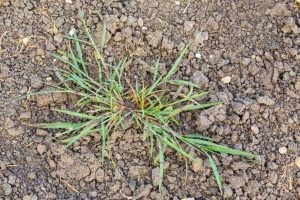
Most species of crabgrass germinate in the spring months, the seedlings blending perfectly with healthy turfgrass in its early stages. As crabgrass matures, it gains the distinct characteristics that make it different from healthy turfgrass. This nuisance weed is spread through seedlings and nodes, allowing more clumps to grow and pop up across an area in various stages.
Crabgrass has distinct leaves and stems at its mature stage, growing in clumps and outcompeting healthy turfgrass. They grow throughout the summer months and well into autumn before dying off for the winter months.
Preventing & Managing Crabgrass
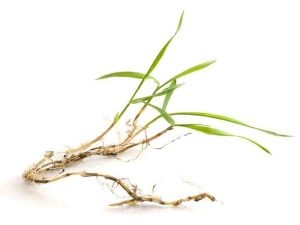
Fortunately, crabgrass can be managed by the right combination of herbicides and giving your lawn some proper TLC. To get the right type of herbicide that will get rid of the crabgrass and not hurt healthy turfgrass, it’s best to consult a professional.
Prevention will always be the best method for managing any grassy weeds. By taking care of your lawn, it will create an environment in which crabgrass cannot grow and thrive.
- Aerating the soil – Allows healthy turfgrass to get all the water and nutrients it needs to thrive, making for dense, thick grass that crowds out crabgrass and any other grassy weeds.
- Applying Pre-Emergents – Correctly using pre-emergents on your lawn will keep grassy weeds from growing.
- Watering Deeply – Allowing the roots of healthy turfgrass to get the water and nutrients it needs to grow.
- Fertilize your lawn – Giving your lawn extra nutrients and taking away nitrogen.
- Mow High – By allowing your grass to grow taller than average, it helps them crowd out any seedlings from taking root.
- Mulch on garden beds – Using mulch prevents the spread of grassy weeds by preventing them from emerging.
Subscribe to Simple Lawns's Blog




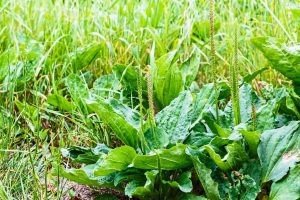
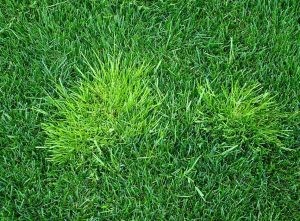
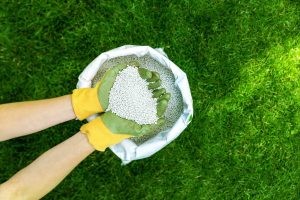
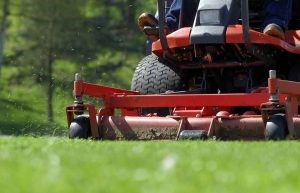

Comments